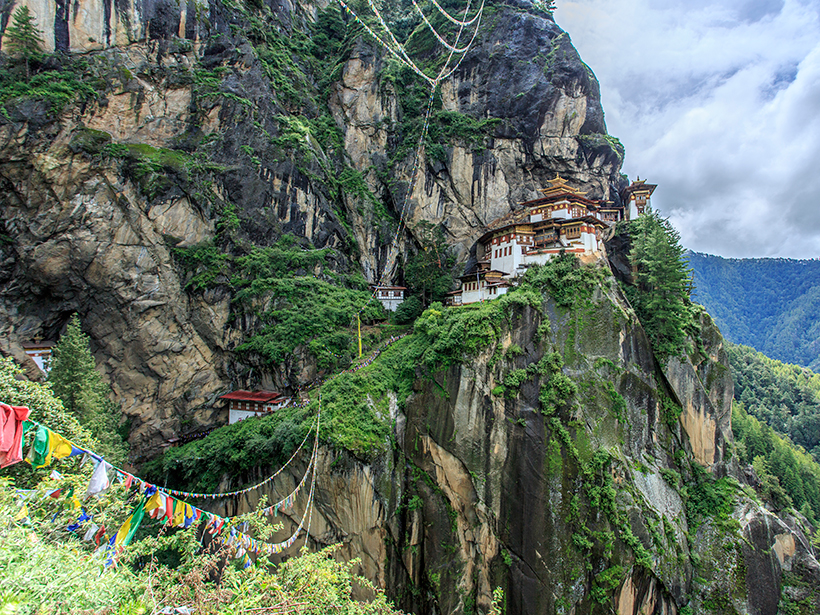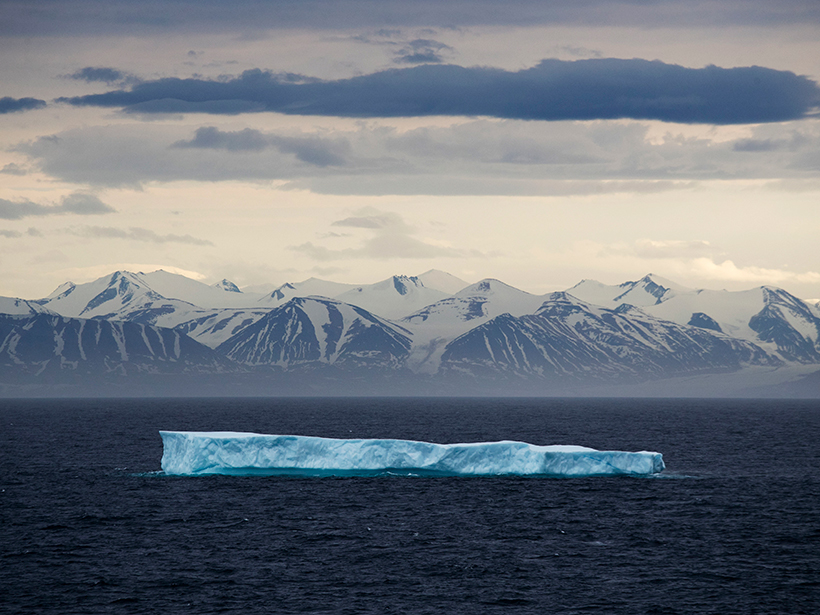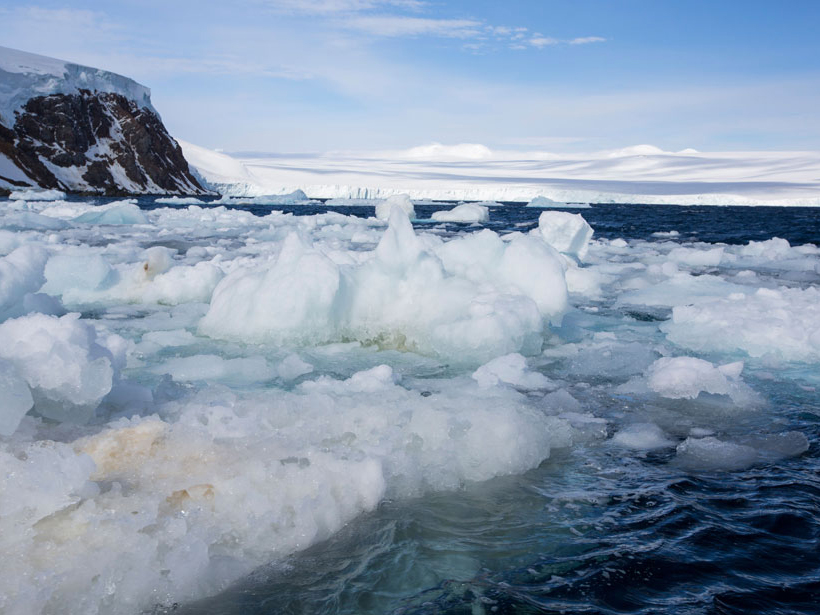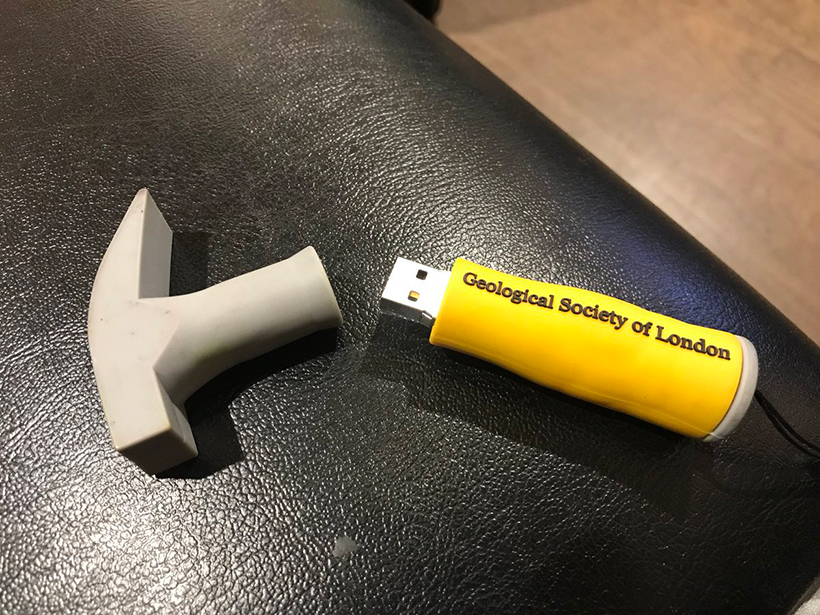Rainfall in the driest parts of Chile’s Atacama Desert in 2017 resulted in hypersaline lagoons that killed the majority of microbes adapted to millions of years of arid conditions.
fieldwork
Exploring the Unknown of the Ross Sea in Sea Ice–Free Conditions
A team of polar scientists aboard the OGS Explora, cruising in rare ice-free conditions, discovered new evidence of ancient and modern-day ice sheet sensitivity to climatic fluctuations.
Wind Speed Governs Turbulence in Atmospheric Inversions
Measurements made during a field campaign in Idaho indicate that the speed of winds 2 meters above Earth’s surface determines the type of turbulence present in nighttime inversions.
Bhutan Earthquake Opens Doors to Geophysical Studies
A multinational research team discovered an underestimated earthquake hazard during their 7-year exploration of the unique geodynamics of the eastern Himalayas in Bhutan.
Exploring a More Dynamic Arctic Icescape
A joint special issue presents new findings from a field campaign in the Arctic Ocean which highlights key processes that need to be taken into account to predict the future of the Arctic ice pack.
New Arctic Science Cooperation Agreement Comes into Force
The agreement focuses on facilitating access to research areas, research infrastructure and facilities, and data.
Global Water Clarity: Continuing a Century-Long Monitoring
An approach that combines field observations and satellite inferences of Secchi depth could transform how we assess water clarity across the globe and pinpoint key changes over the past century.
U.S. Scientists Safely Retrieved from Ice-Bound Antarctic Island
Argentineans came to the aid of stranded scientists.
Fresh Insights into What Protects Antarctica’s Ross Ice Shelf
Scientists bored 755 meters through Antarctic ice and found that a layer of extremely cold, fresh water insulates part of the Ross Ice Shelf against melting.
When Your Weird Science Gets Stopped at Airport Security
“Gamma ray spectrometer,” “rock hammer,” and “putty knife” are not phrases that airport security likes to hear.










